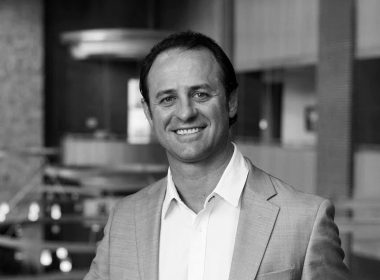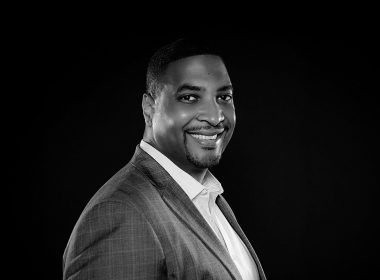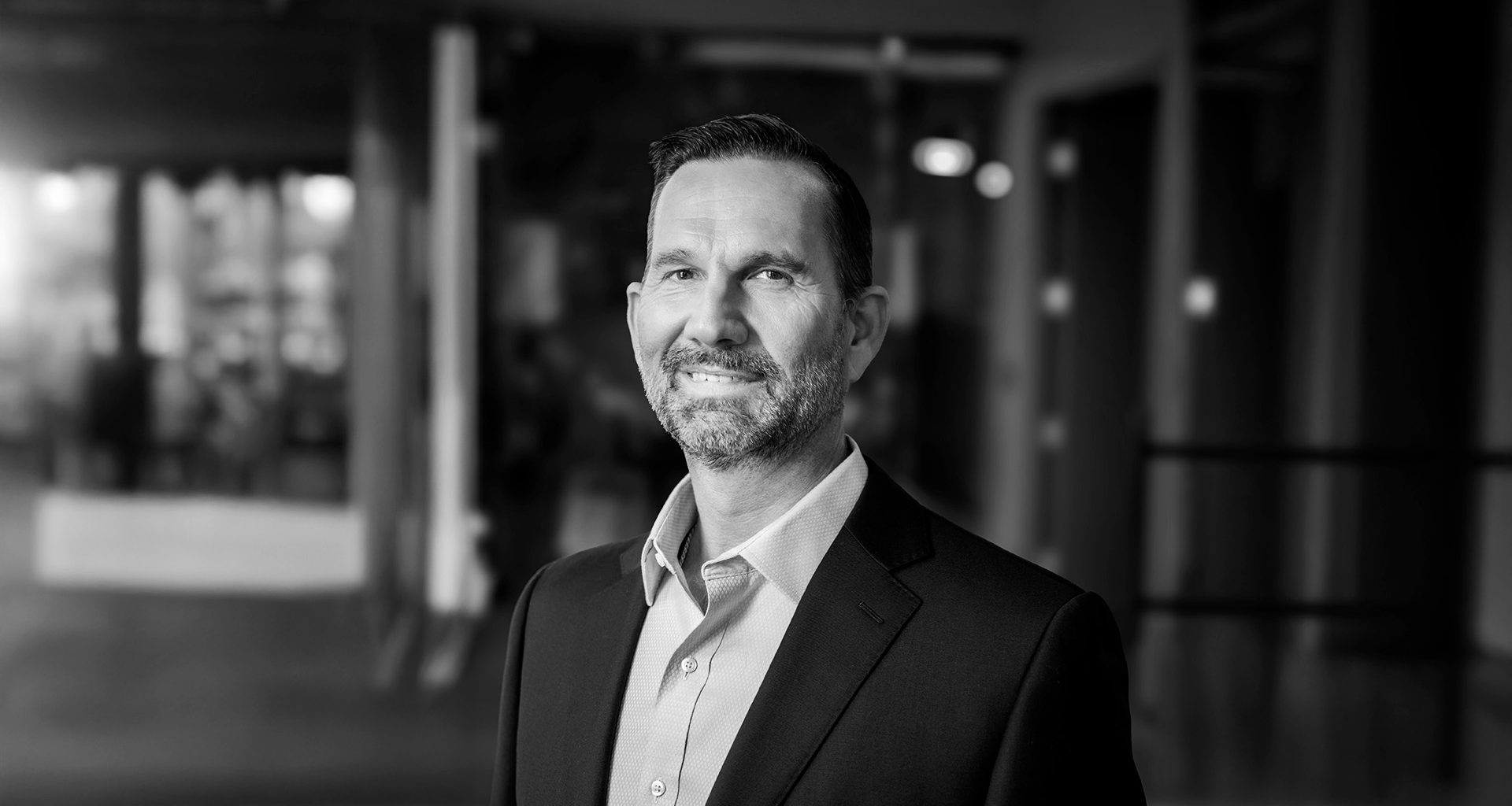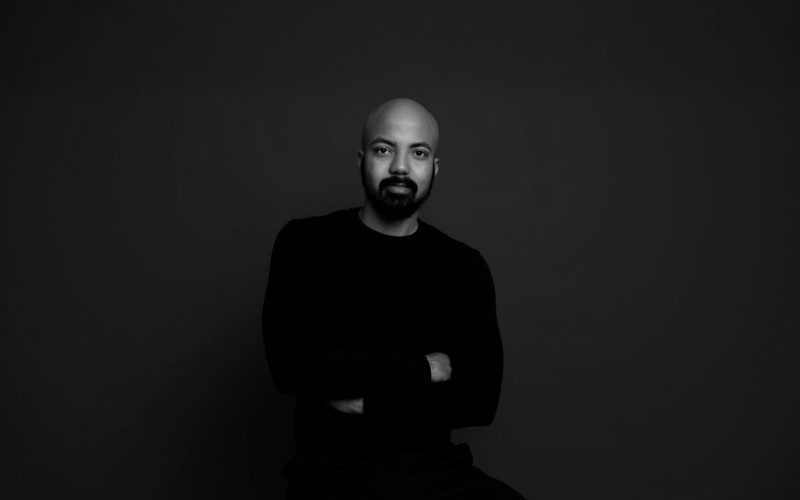Most growing companies stumble not because their product fails, but because they build the wrong team. The challenge of scaling talent becomes even more complex when you’re moving fast and every hire can make or break your momentum. Bradley Roger Swenson brings over 15 years of experience scaling revenue in healthcare technology, where he’s learned these lessons the hard way.
Why Traditional Hiring Approaches Fall Short
Everyone talks about product market fit, but that is not what sinks most startups. “To be honest, most companies don’t fail because of product. They fail because they hired the wrong people at the wrong time,” Swenson says. He has seen it repeatedly while leading commercial teams in SaaS, diagnostics, and digital health. The challenge is especially tough in healthcare tech, where sales are long, enterprise-driven, and the landscape shifts every few months. At companies such as Solve and Q Health, he watched some teams accelerate while others stalled. The difference often came down to hiring during those critical early growth phases.
Fast growth breaks the usual rules about building teams. “When you are growing fast, talent is not just a priority, it is your velocity,” Swenson explains. Yet many companies still hire as if they have months to find the perfect candidate. In the meantime, opportunities slip away and competitors move ahead. He has seen founders chase impressive resumes for weeks while overlooking people who could actually do the work. The market will not wait for you to find your dream hire.
Hire Builders, Not Titles
Here’s where most companies get it wrong from the start. “Chasing prestige hires is a trap,” Swenson warns. Those impressive LinkedIn profiles often come with people who expect everything handed to them on a silver platter. What you really need are different types of people entirely. “Builders thrive in ambiguity. They adapt, execute, and bring ideas to life without a 50-slide deck,” he explains. At Solve Health, they had to scale across multiple market segments at once. The fancy hires kept asking for more strategy documents and clearer processes. The builders just started figuring things out and making it work. You can spot the difference pretty quickly. Title-focused people wait for someone to tell them exactly what to do. Builders see a problem and start solving it, even when nobody’s drawn them a roadmap.
Design for Momentum, Not Perfection
The second big mistake is trying to hire perfectly when everything’s moving at breakneck speed. “You’re building a rocket mid-flight,” he says, and that’s exactly what it feels like when you’re scaling fast. Stop looking for the perfect fit and start creating something that actually works. “Don’t waste time obsessing over perfect fit candidates. Instead, install a fast, consistent hiring engine with clear role definitions, quick feedback loops, and empowered decision making,” Swenson advises. This isn’t theory – he put it to work at Q Health and saw real results. The numbers don’t lie. “We saw the time to hire drop and rep productivity jump within a quarter,” he reports. They didn’t find better candidates by waiting longer. They created a system that could move fast and still find good people.
Hire for Trajectory, Not Just Today
Here’s the thing about early stage companies that most people miss. “Every role evolves,” Swenson points out. That job description you wrote last month? It’s probably already out of date. So hiring for exactly what you need today misses the whole point. “Hire people who can grow with the job. That means screening for curiosity, resilience, and learning speed,” he explains. Some of his best hires at Solve weren’t the obvious choices on paper. “Our best hires weren’t always the most experienced, but they showed grit, and they were the ones who grew as we expanded.” The experienced candidates often expect their job to stay the same. The curious ones get excited when responsibilities change and grow. Guess which type works better when you’re scaling fast.
Moving fast doesn’t mean hiring randomly. “Speed without clarity creates chaos. But speed with the right people, that’s scale,” Swenson says. The trick is focusing on what actually matters instead of what looks impressive. His advice cuts through all the hiring complexity: “Hire for impact, not image, and you’ll create a team that drives your company forward.” Stop trying to impress other people with your hires and start finding people who can actually get the job done.
Connect with Bradley Roger Swenson on LinkedIn to explore more insights on scaling teams effectively.







